 2019 Baojun 510 (facelift 2019) Dimensions, Size & Specs
2019 Baojun 510 (facelift 2019) Dimensions, Size & SpecsMeasurements of the 2019 Baojun 510, engineered for optimal performance and comfort
| Dimensions | |
|---|---|
| Length: | 4220 mm166.1 in13.8 ft |
| Width: | 1740 mm68.5 in5.7 ft |
| Height: | 1615 mm63.6 in5.3 ft |
| Weight Specifications | |
| Curb Weight: | 1206-1290 kg2659-2844 lbs |
| Tire Specifications | |
| Rims Size: |
|
| Tire Size: |
|
The Baojun 510 facelift introduced in 2019 continues production as a compact SUV, offering a smart blend of urban practicality and stylish design. This generation of the Baojun 510 features notable dimensions measuring 4220 mm (166.1 inches) in length, 1740 mm (68.5 inches) in width, and a height of 1615 mm (63.6 inches). Its curb weight ranges from 1206 to 1290 kilograms (2659 to 2844 pounds), highlighting its lightweight construction, which aids in fuel efficiency and nimble handling. Equipped with 16-inch rims paired with tires sized at 205/60 R16, the Baojun 510 facelift meets the demands of both city driving and weekend adventures. This size positions it well within the competitive subcompact SUV segment, appealing to drivers seeking versatility without bulk. Its exterior proportions provide a roomy cabin experience while maintaining a small footprint suitable for congested urban environments. With these balanced dimensions and efficient curb weight, the Baojun 510 facelift remains a strong contender in the compact SUV market, combining contemporary styling, comfortable size, and practical performance for everyday driving needs.
Discover the standout features that make the 2019 Baojun 510 a leader in its class
Have a question? Please check our knowledgebase first.
The Baojun 510 facelift model from 2019 has a length of 4220 mm (166.1 inches), a width of 1740 mm (68.5 inches), and a height of 1615 mm (63.6 inches). These compact SUV dimensions contribute to its practicality for urban driving and parking while still offering a spacious interior. The balanced proportions provide a stable stance on the road, making it suitable for various driving conditions.
The Baojun 510 facelift model weighs between 1206 kg and 1290 kg (approximately 2659 to 2844 pounds), depending on the variant and optional equipment. The curb weight refers to the vehicle's weight including standard equipment, necessary operating consumables like motor oil and coolant, and a full tank of fuel, but without passengers or cargo. This weight range reflects its category as a lightweight subcompact SUV, contributing to fuel efficiency and agile handling.
The Baojun 510 facelift is fitted with 16-inch rims paired with 205/60 R16 tires. This combination balances ride comfort, grip, and fuel economy. The 205 mm wide tires provide adequate road contact for stability and control, while the 60 aspect ratio (sidewall height as percentage of width) improves ride cushioning over rough road surfaces. The 16-inch rim size is common in the subcompact SUV segment, offering compatibility with various tire options.
Yes, the Baojun 510 facelift edition fits comfortably into a standard garage. Typical residential garages measure about 2400 mm (7.9 ft) in width and around 4800 mm (15.7 ft) in length, and the Baojun 510's dimensions of 4220 mm long and 1740 mm wide leave ample space for easy parking and door opening. Its height of 1615 mm also fits under standard garage ceilings that are usually more than 2100 mm (6.9 ft) high, ensuring hassle-free parking.
The Baojun 510 facelift model released in 2019 largely retains the same exterior dimensions as the pre-facelift generation, maintaining the 4220 mm (166.1 in) length, 1740 mm (68.5 in) width, and 1615 mm (63.6 in) height. The facelift primarily updated styling elements and interior tech rather than changing size or platform. This consistency ensures that sizing and driving characteristics remain familiar to existing owners, while the vehicle receives a more modern and refreshed appearance.
Compared to other subcompact SUVs like the Hyundai Venue, Kia Seltos, or Nissan Kicks, the Baojun 510 facelift falls into a similar size category but tends to be slightly shorter and narrower in some cases. For instance, the Kia Seltos measures about 4330 mm in length and 1800 mm in width, making the Baojun 510 more compact which can be advantageous for city maneuvering and parking. Its curb weight is also competitive, leading to comparable fuel efficiency and nimble handling within its class.
Despite its compact exterior size, the Baojun 510 facelift is designed to maximize interior space efficiently. The reasonable width of 1740 mm (68.5 in) allows for a comfortable seating layout for up to five passengers, while the height of 1615 mm (63.6 in) provides sufficient headroom and an upright sitting position typical for SUVs. The design includes a practical cargo area that can be expanded by folding rear seats, making it versatile for daily errands or weekend trips. The overall spatial design aims to balance compact exterior dimensions with user-friendly interior comfort.
Yes, the curb weight range of 1206 to 1290 kg (2659–2844 lbs) reflects an optimized approach to weight management. The facelift model focuses on maintaining a lightweight structure through material choices and engineering efficiencies without compromising safety or build quality. This careful weight control benefits fuel economy and driving dynamics, providing a nimble and responsive experience. Compared to older versions, refinements in chassis and body design contribute to this balanced weight.
The 205/60 R16 tires on 16-inch rims are primarily designed for urban and highway use rather than rigorous off-road conditions. The tire width and profile offer good grip and comfort on paved roads, but the lack of aggressive tread patterns limits performance on loose or uneven surfaces. The Baojun 510 facelift is better suited for light off-road or gravel paths occasionally rather than heavy-duty off-roading, aligning with its role as a city-friendly compact SUV.
The 2019 facelift of the Baojun 510 brought several updates including a refreshed exterior with updated front and rear styling, modern LED lighting elements, and interior enhancements such as improved infotainment systems and upgraded materials. These changes aimed to keep the model competitive in the crowded subcompact SUV segment by improving user experience and aesthetic appeal, while maintaining the practical size and efficient performance that characterized the original Baojun 510.
Discover similar sized cars.
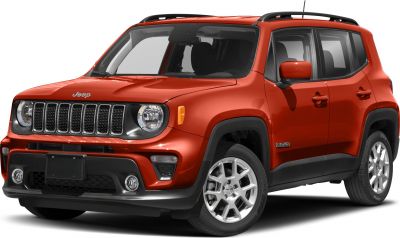
| Production: | 2018-present |
|---|---|
| Model Year: | 2019 |
| Length: | 4236 mm166.8 in |
| Width: | 2022 mm79.6 in |
| Height: | 1667-1702 mm65.6-67.0 in |
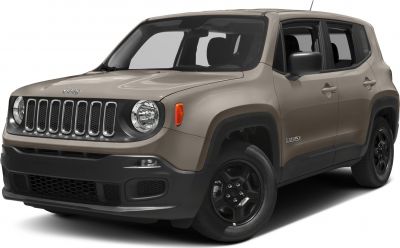
| Production: | 2014-2018 |
|---|---|
| Model Year: | 2014 |
| Length: | 4236 mm166.8 in |
| Width: | 1805 mm71.1 in |
| Height: | 1667-1697 mm65.6-66.8 in |
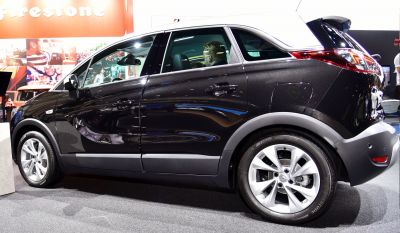
| Production: | 2017-2020 |
|---|---|
| Model Year: | 2018 |
| Length: | 4212 mm165.8 in |
| Width: | 1976 mm77.8 in |
| Height: | 1605 mm63.2 in |
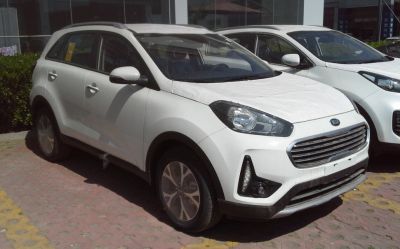
| Production: | 2017-present |
|---|---|
| Model Year: | 2017 |
| Length: | 4270-4290 mm168.1-168.9 in |
| Width: | 1780 mm70.1 in |
| Height: | 1650 mm65.0 in |
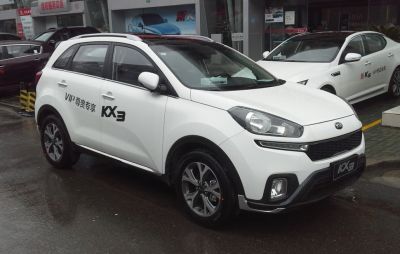
| Production: | 2015-2017 |
|---|---|
| Model Year: | 2016 |
| Length: | 4270 mm168.1 in |
| Width: | 1780 mm70.1 in |
| Height: | 1645 mm64.8 in |
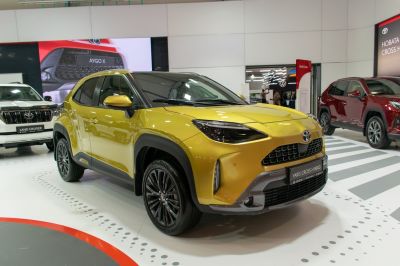
| Production: | 2020-present |
|---|---|
| Model Year: | 2021 |
| Length: | 4180 mm164.6 in |
| Width: | 1765 mm69.5 in |
| Height: | 1595 mm62.8 in |

| Production: | 2020-present |
|---|---|
| Model Year: | 2021 |
| Length: | 4212 mm165.8 in |
| Width: | 1976 mm77.8 in |
| Height: | 1605 mm63.2 in |

| Production: | 2017-2020 |
|---|---|
| Model Year: | 2017 |
| Length: | 4212 mm165.8 in |
| Width: | 1976 mm77.8 in |
| Height: | 1605 mm63.2 in |
